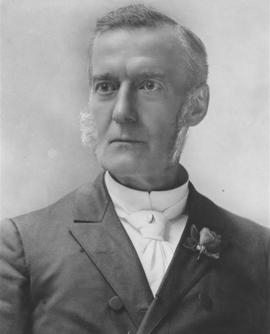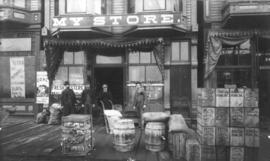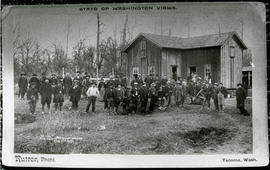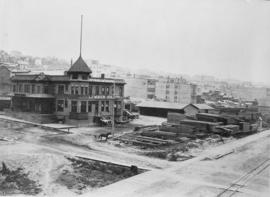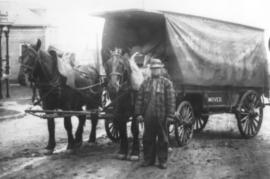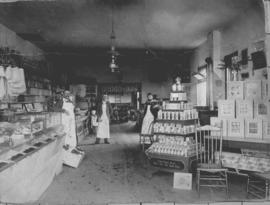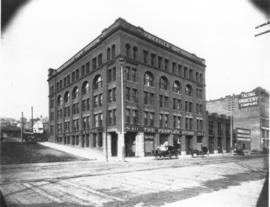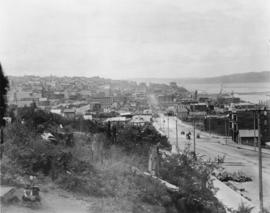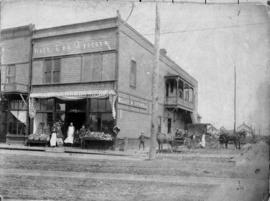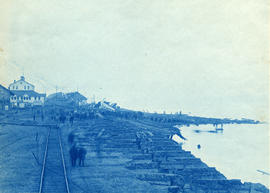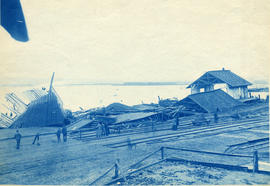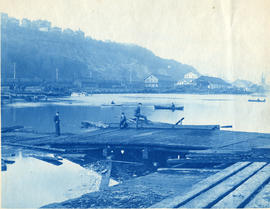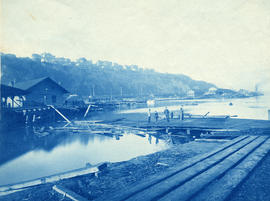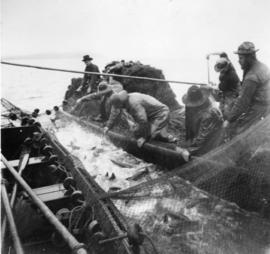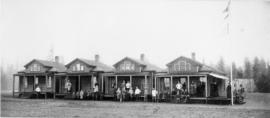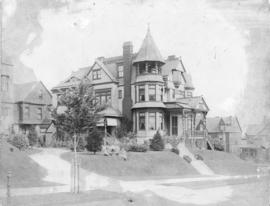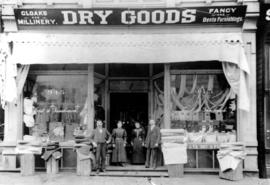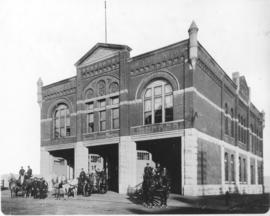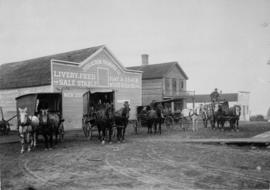- Item
- 1891
Part of Richards Studio Photographs
ca. 1891. This portrait of Elisha P. Ferry, first Governor of Washington State, was taken circa 1891. On October 1, 1889, Washington voters ratifed the state's first constitution by a four to one majority. Republican Elisha P. Ferry (1825-1895), former lawyer and mayor, was elected governor. He served from 1889-1893. President Ulysses S. Grant had appointed Ferry governor of territorial Washington in 1872 and he was the only territorial governor to be appointed a second term. Ferry County in the northeastern corner of the state was named for the governor in 1899. (www.secstate.wa.gov/history; Washington HistoryLink.org)
Ferry, Elisha P., 1825-1895; Governors--Washington (State);
